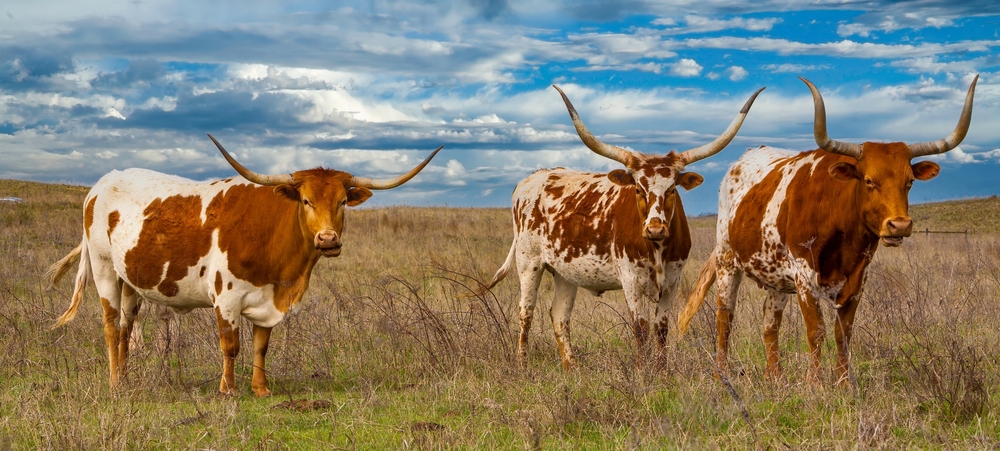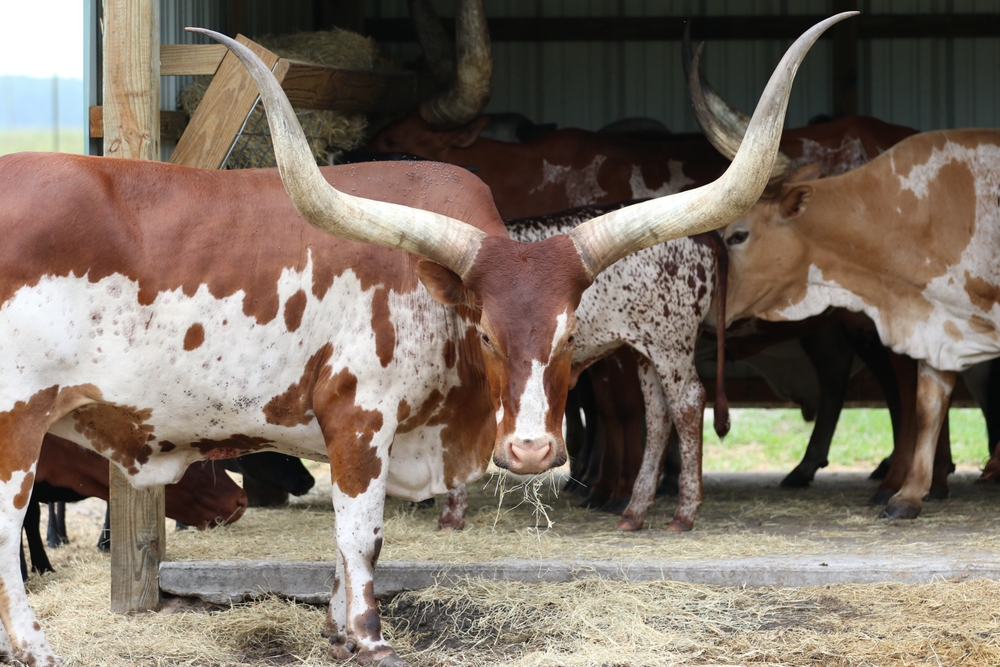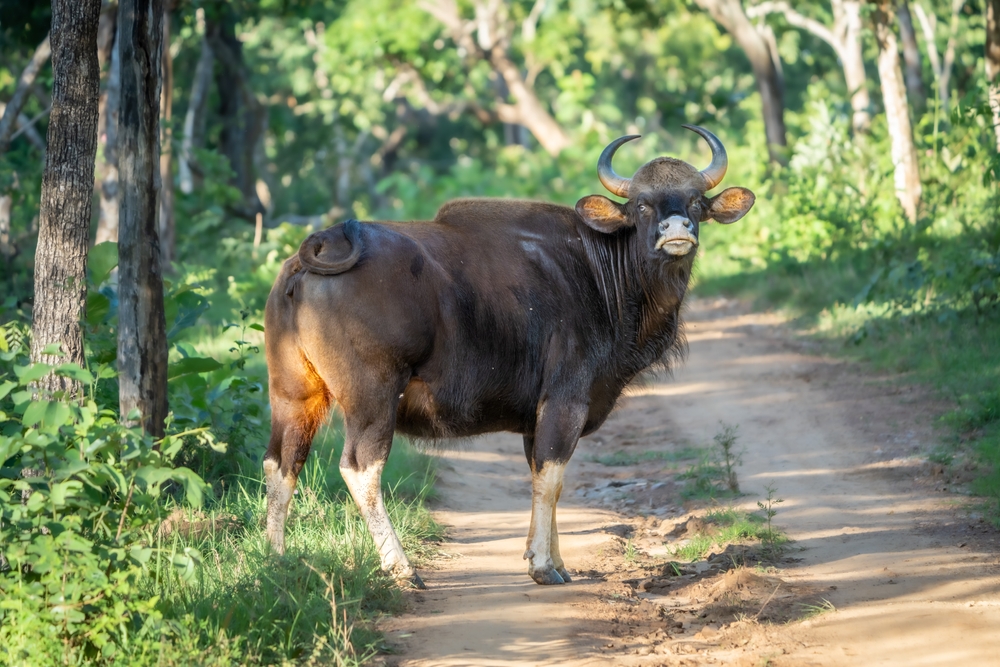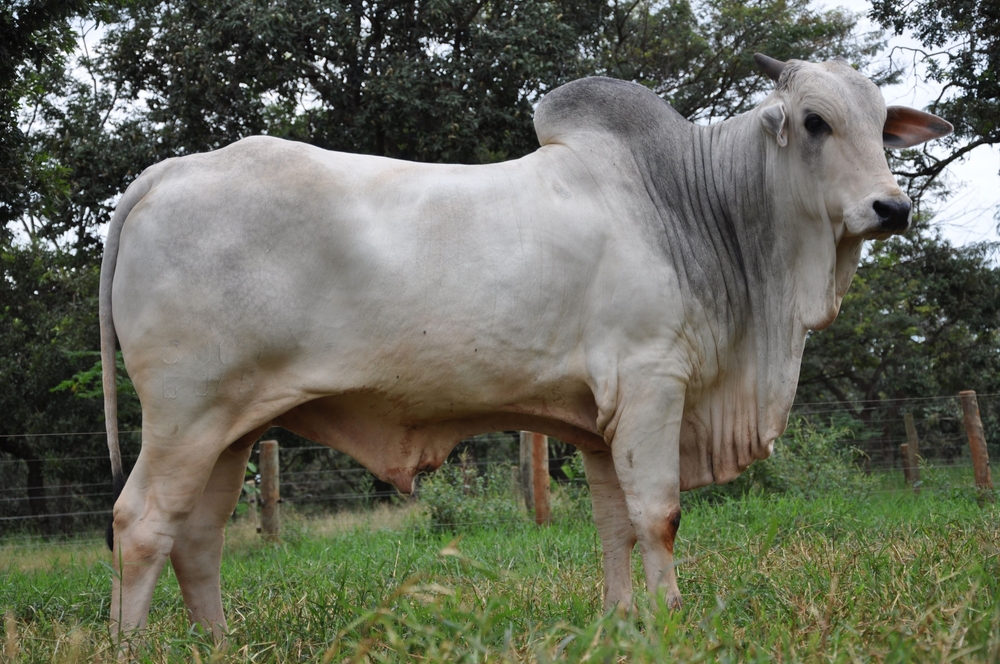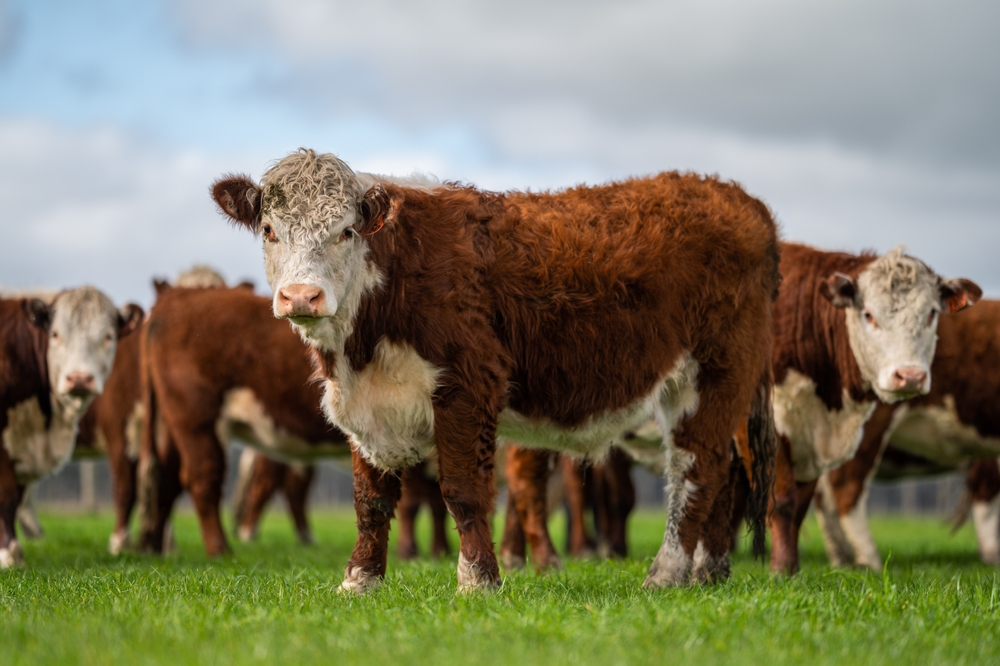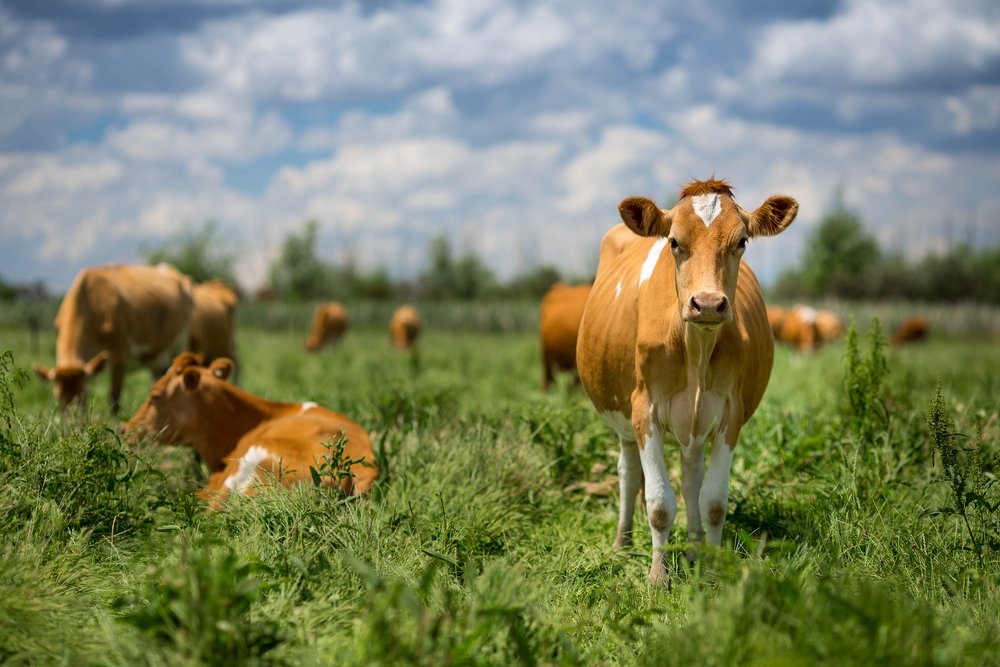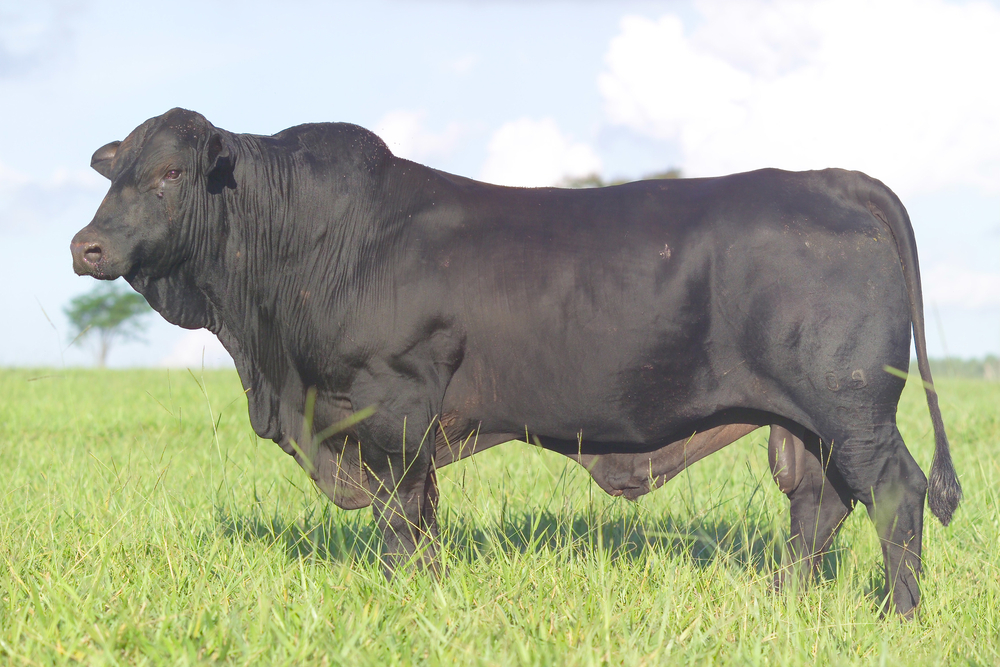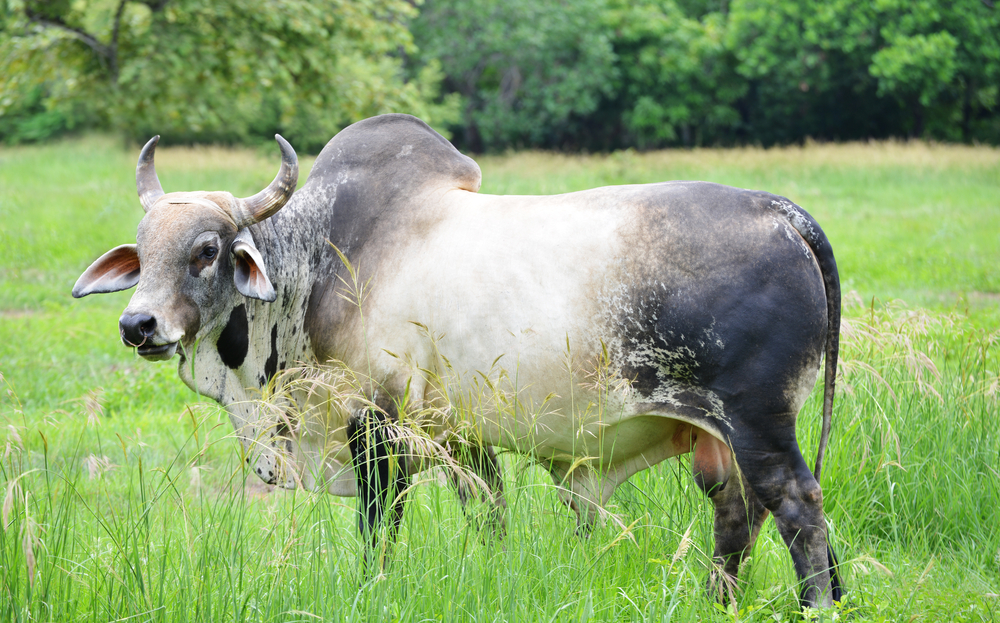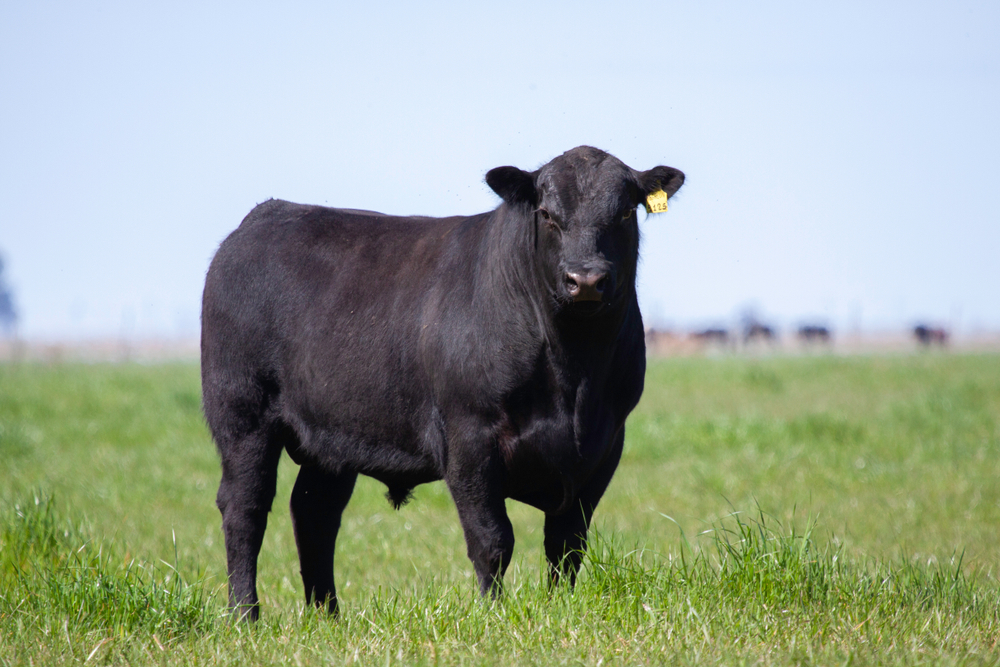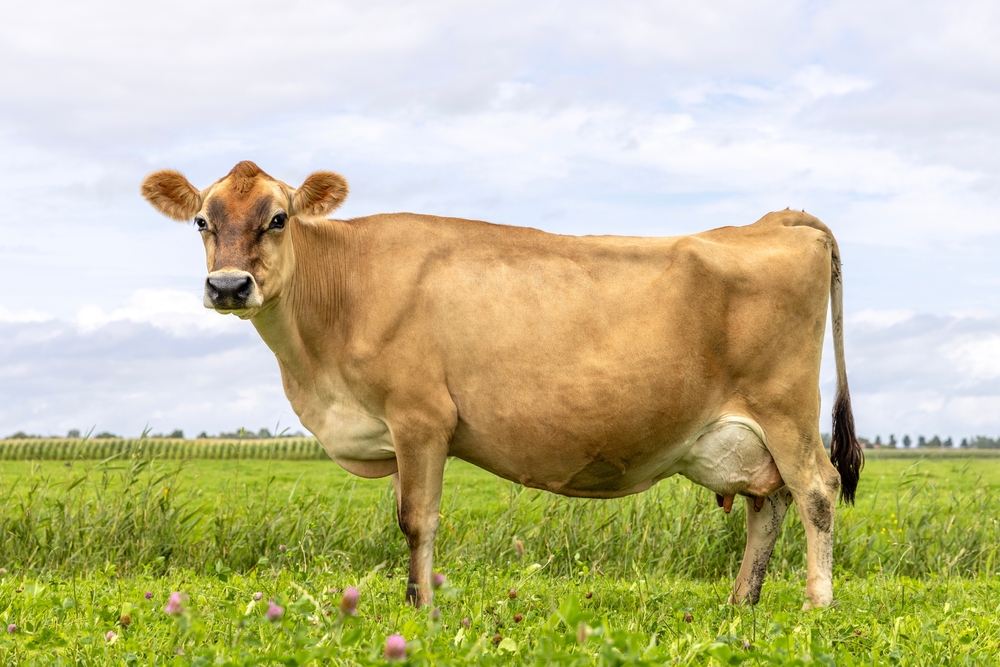The Texas Longhorn is a breed of domestic cattle (Bos taurus), closely related to other Criollo-type cattle descended from Iberian stock brought to the Americas by the Spanish, such as the Florida Cracker and Corriente breeds.
About
The Texas Longhorn (Bos taurus) is an iconic American cattle breed famous for its extraordinarily long, curved horns and belongs to the family Bovidae, which also includes bison, buffalo, antelope, and goats. Descended from cattle brought to the Americas by Spanish explorers in the late 15th and early 16th centuries, the breed developed in the wild and on open ranges, evolving into one of the hardiest and most adaptable cattle types in North America.
Longhorn horns can span over 2 meters (7 feet) from tip to tip in both bulls and cows, curving outward and upward in distinctive shapes. Coat colors are highly variable—solid, speckled, or brindled in shades of red, black, brown, and white—making each animal unique in appearance. Mature bulls typically weigh 680–1,000 kg (1,500–2,200 lbs), while cows weigh 410–680 kg (900–1,500 lbs).
Known for their endurance, Texas Longhorns can thrive in harsh environments with minimal forage, withstand extreme heat, and show notable resistance to many cattle diseases and parasites. These traits made them invaluable during the 19th-century cattle drives, when herds were driven from Texas to railheads in the Midwest for shipment to markets.
Although not as heavy-muscled as some modern beef breeds, Longhorn beef is lean, naturally lower in cholesterol, and valued for its distinctive flavor. Today, Texas Longhorns are raised for specialty beef production, ranching heritage programs, and as living symbols of the Old West. Their calm demeanor and striking appearance also make them popular in agritourism and show circuits.
Conservation efforts in the early 20th century saved the breed from near extinction, and it now enjoys a strong presence in the U.S. and abroad. The Texas Longhorn remains a cultural and historical emblem of American ranching tradition.
Physical Characteristics
Texas Longhorn cattle are a distinctive beef breed celebrated for their dramatic horns and rugged adaptability:
-
Coat: Short, sleek hair in an extensive range of colors and patterns—solid, spotted, brindled, or speckled—commonly featuring mixes of white, red, black, and brown.
-
Head: Medium-length head with a straight to slightly convex profile, large alert eyes, and a refined muzzle.
-
Horns: Their most iconic feature—both males and females have long, curved horns that can extend up to 7 ft (2.1 m) or more from tip to tip. Horn shapes vary from sweeping lateral curves to upward twists.
-
Body: Moderately framed, lean yet muscular build with a long, straight back and strong legs suited for endurance rather than extreme bulk.
-
Skin: Loose and pliable, aiding heat dissipation in hot climates.
-
Tail: Long, slender tail ending in a full tuft of hair for insect control.
Size:
-
Length (Body): Approximately 7.5 to 8.5 ft (2.3 to 2.6 m) from head to rump.
-
Shoulder Height: Around 4.5 to 5 ft (1.37 to 1.52 m).
Weight:
-
Adult Female (Cow): Typically 1,000 to 1,200 lbs (455 to 545 kg).
-
Adult Male (Bull): Usually 1,400 to 2,200 lbs (635 to 1,000 kg).
Texas Longhorns’ iconic horns, wide color variety, and hardy build make them both a cultural symbol of the American West and a practical breed for extensive grazing systems.
Reproduction
Texas Longhorn cattle are known for strong fertility, longevity in breeding, and minimal calving issues—traits that helped them thrive in early frontier ranching:
-
Mating and Breeding Season:
-
Can breed year-round, though many ranchers manage seasonal breeding to match calving with optimal forage conditions.
-
Both natural service and artificial insemination (AI) are used, though natural breeding is common in extensive grazing systems.
-
-
Gestation:
-
The gestation period averages 283 days (about 9 months), similar to most beef breeds.
-
-
Birth and Calving:
-
Usually produce a single calf; twins are rare.
-
Calving ease is exceptional due to relatively small birth weights and favorable pelvic conformation, making dystocia rare.
-
-
Calf Characteristics at Birth:
-
Calves generally weigh 45 to 65 lbs (20 to 29 kg).
-
They are hardy and quick to stand, nurse, and follow their mothers.
-
-
Maternal Care:
-
Cows are protective and attentive mothers with sufficient milk production to raise healthy calves on pasture.
-
Calves are typically weaned at 6 to 8 months of age.
-
-
Maturity and Breeding Readiness:
-
Heifers reach breeding age at 14 to 16 months, though some ranchers wait until age 2 for optimal growth before first calving.
-
Bulls generally begin breeding at 18 months, with prime fertility between 3 and 6 years.
-
Texas Longhorns’ fertility, calving ease, and maternal instincts make them an excellent choice for low-maintenance, pasture-based beef production.
Lifespan
Lifespan
-
In Extensive or Pasture-Based Systems:
Texas Longhorns commonly live 15 to 20 years, with many cows producing healthy calves well into their mid- to late teens. -
In Ideal or Low-Stress Conditions:
With excellent nutrition, veterinary care, and light production demands, some Longhorns can live over 20 years, making them one of the longest-lived beef breeds.
Threats to Longevity:
-
Nutritional Stress: Extended drought or low-quality forage can impact health and reduce lifespan.
-
Parasites & Disease: While naturally hardy, Longhorns still require basic parasite and disease management.
-
Predation (Calves): In certain regions, calves may be at risk from coyotes, wolves, or large cats.
-
Injury: Large horns, while iconic, can occasionally lead to accidental injuries if cattle are kept in tight spaces.
Texas Longhorns’ remarkable longevity, resilience, and low-maintenance requirements make them a valuable breed for ranchers who prioritize sustainable, long-term beef production.
Eating Habits
Texas Longhorn cattle are exceptionally adaptable grazers, capable of thriving on forage that many other breeds would find inadequate:
-
Primary Diet:
-
Graze on a wide range of pasture grasses, including native species such as bluestem, buffalo grass, and grama.
-
Will readily browse shrubs, weeds, and coarse plants, giving them an advantage in marginal rangeland.
-
-
Forage Efficiency:
-
Known for their ability to maintain body condition on low-quality or sparse forage, a key trait for survival in arid and semi-arid environments.
-
-
Winter Feeding:
-
In colder climates or during drought, subsist on hay or silage, with occasional supplemental grain for energy.
-
-
Nutritional Balance:
-
Require adequate protein, fiber, and minerals for reproductive health and beef quality; often provided with mineral blocks in extensive systems.
-
-
Water Needs:
-
Can tolerate short periods of limited water availability, but perform best with consistent access to fresh water.
-
-
Feeding Behavior:
-
Spend long hours grazing and browsing, often covering large distances in search of food.
-
Naturally selective eaters that avoid overgrazing any single plant species.
-
Texas Longhorns’ forage flexibility and efficient metabolism make them ideal for low-input ranching and land conservation grazing programs.
Uniqueness
The Texas Longhorn (Bos taurus) is one of the most iconic cattle breeds in the world, with a combination of traits that set it apart:
-
Legendary Horns: Both males and females have horns that can span up to 7 ft (2.1 m) or more from tip to tip, with a wide variety of shapes and curves.
-
Color Variety: One of the most color-diverse cattle breeds—coats can be solid, spotted, brindled, speckled, or patched in almost any combination of white, red, black, and brown.
-
Pioneer History: Descended from cattle brought to the Americas by Spanish settlers in the late 1400s, they became the foundation of the early cattle industry in the United States.
-
Survivor’s Build: Developed through natural selection for heat tolerance, disease resistance, and foraging ability, making them exceptionally hardy in harsh conditions.
-
Calving Ease: Known for producing small, vigorous calves with almost no birthing difficulty, even in first-time heifers.
-
Longevity: Capable of living and reproducing well into their late teens and beyond.
-
Cultural Symbol: Immortalized as a symbol of the American West, ranching heritage, and cowboy culture.
Texas Longhorns’ blend of visual appeal, adaptability, and historic significance makes them equally valuable to ranchers, conservation projects, and heritage breeders.
Be the First to Share Photos of This Species.
FAQ’s
1. What is the closest species to the Texas Longhorn?
2. How does the Texas Longhorn compare to other cattle breeds?
Texas Longhorns are unmatched in horn length, color variety, calving ease, and hardiness. While they generally produce leaner beef with less marbling than breeds like Angus or Hereford, they excel in low-input, extensive grazing systems and can survive where many other breeds would struggle.
3. What national parks provide the best chances to see a Texas Longhorn?
Although domesticated, Texas Longhorns are maintained in heritage herds and living history programs at or near several U.S. parks and preserves, including:
-
Fort Worth Stockyards National Historic District (Texas) – home to public Longhorn herds.
-
San Antonio Missions National Historical Park (Texas) – features heritage Longhorn cattle tied to Spanish mission history.
-
LBJ National Historical Park (Texas) – maintains a working Longhorn herd as part of its living history ranch



































































